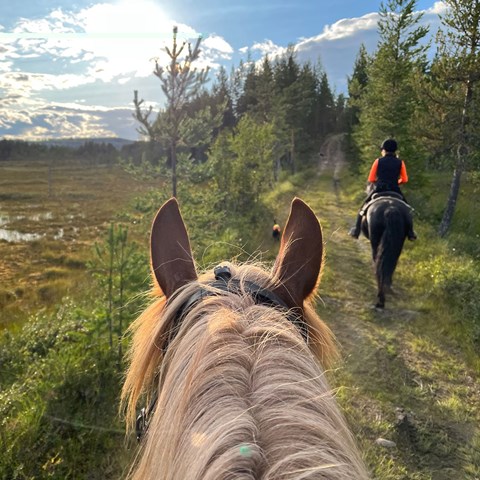According to the Forest Protection Act, the Swedish forest must be managed in such a way that it produces biomass in the long term while preserving biological diversity. The forest is also important as a place for recreation in the form of outdoor life, hunting or other activities, such as sports events. Although consideration is given to nature in connection with forestry, for example by leaving retention patches and creating high stumps, more needs to be done to improve the living conditions for biodiversity and there are conflicts about how environmental considerations should be designed.
In a recently published study, researchers from SLU and Södertörn University have investigated how representatives from forest companies, forest owners' associations, county boards and municipalities as well as organizations dealing with recreation prefer how environmental considerations should be placed in the landscape.
"The study shows that different groups have completely different views on how environmental considerations should be distributed in the landscape and they justify their views based on different perspectives", says Sonia Merinero, researcher at SLU and Universidad Rey Juan Carlos, who initiated the study.
The respondents answered questions about whether they preferred that forests should be preserved in many small or a few large reserves, in retention patches on clear-cuts or if rotation length in forestry should be extended. They also had to decide whether they preferred that reserves or retention patches should be concentrated in one place in the landscape or if they should be spread evenly.
Ecological theories justify formal protection in reserves
Saving forest in large and small reserves was an option preferred by several county administrative boards, as well as the forest company and the environmental organization that participated in the study. These groups justified their choices by saying that reserves would be most beneficial for biodiversity. The argumentation was based on ecological theories about what and how much of different environments need to be saved in order for species to survive in the landscape. Large reserves close to each other in the landscape were justified because then large populations of species can survive and spread better between the reserves.
Spreading consideration in the landscape by having retention patches on the clearing or through extended rotation was preferred by the landowners' organization, an organization for recreation and some municipalities. The motives for this strategy were that it was simple and rational and that it would be fair between landowners. Other motivations were that if consideration is spread evenly, it could provide ecosystem services close to humans.
“Knowledge about stakeholders’ preferences is important to be able to understand and manage conflicts in forestry. Because different groups think so differently, a compromise in the form of a combination of different measures is probably the best solution”, says Therese Löfroth.
